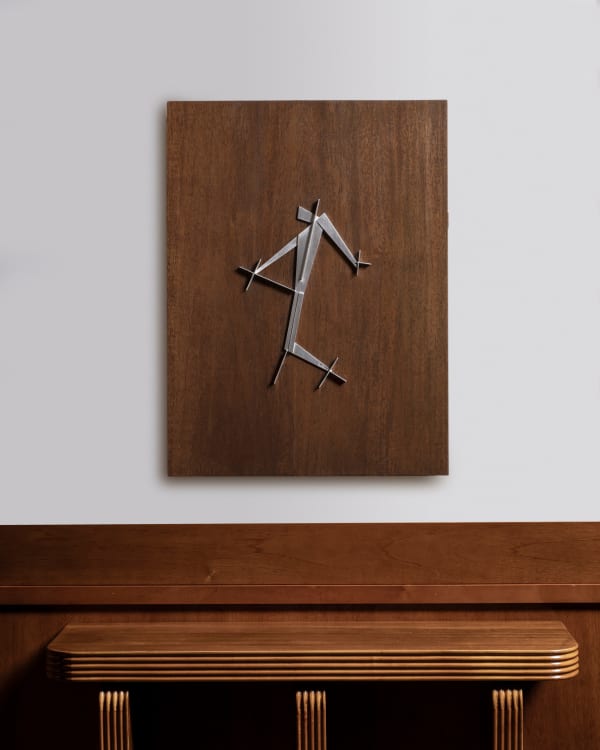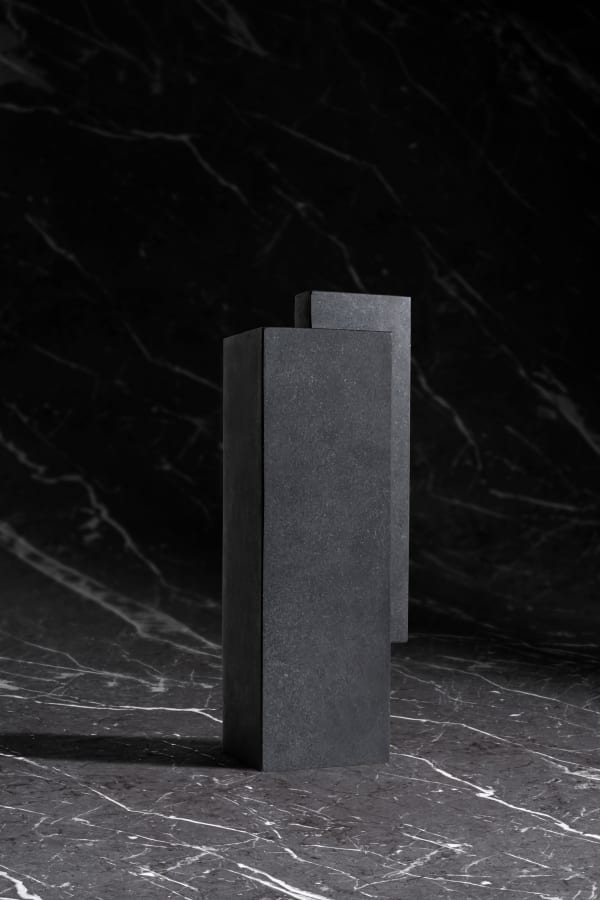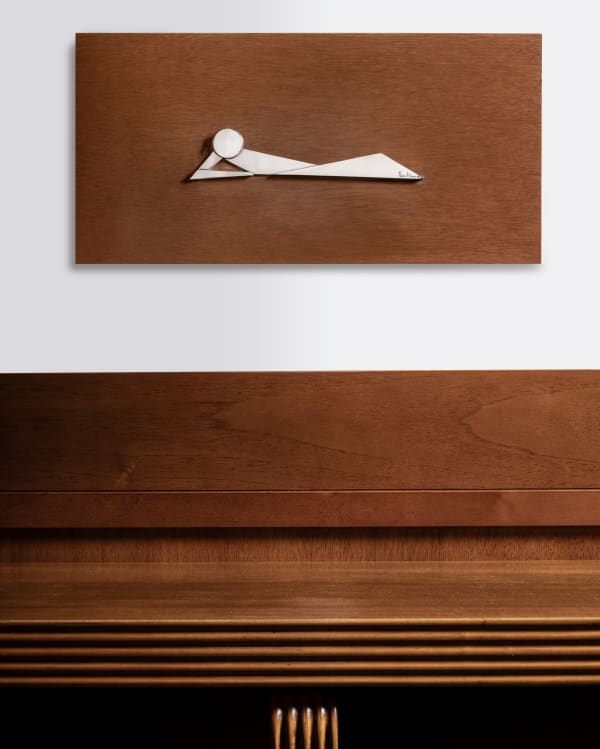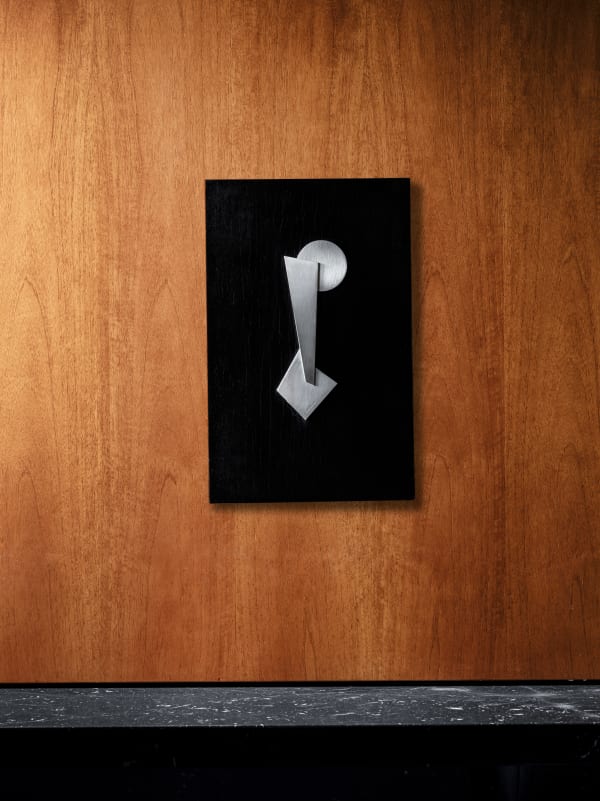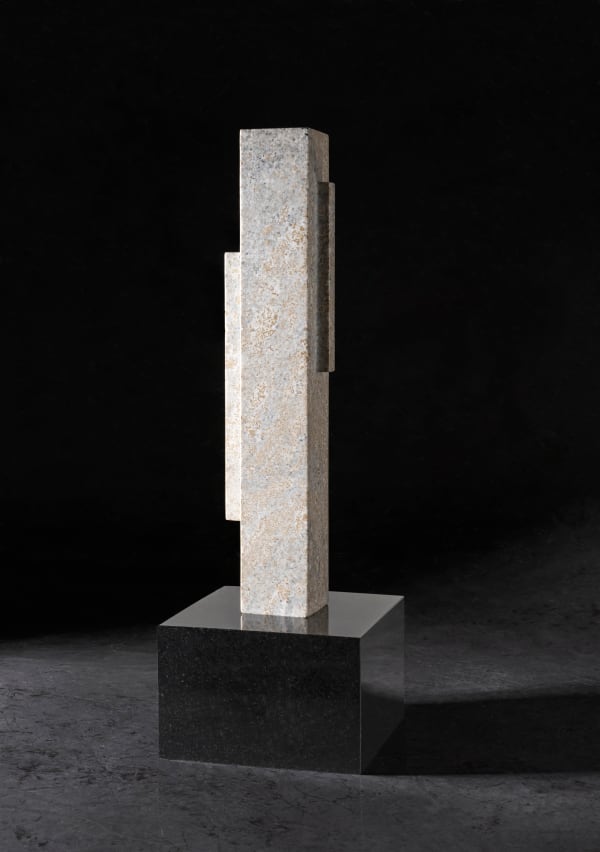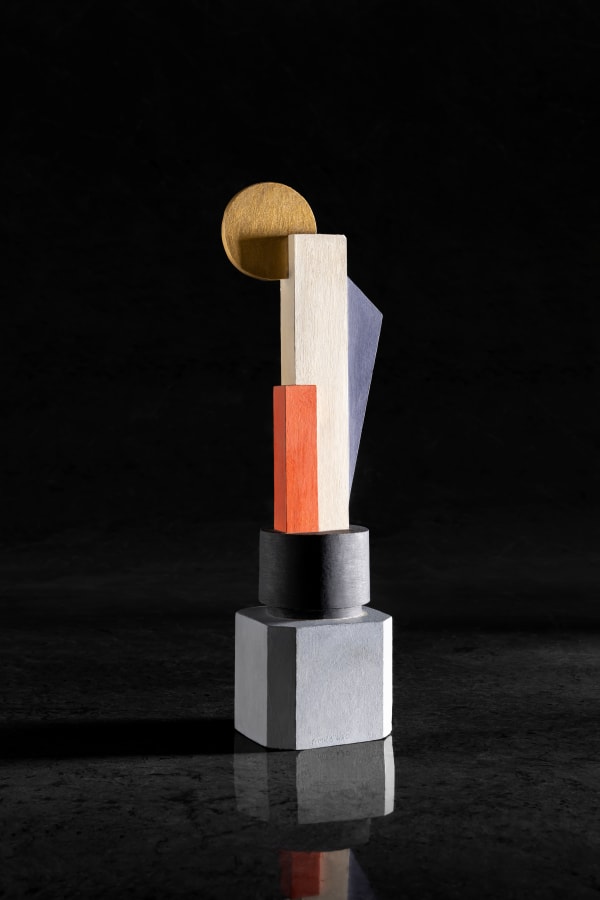-
“What is right, what is balance, one has to search for it. The fewer shapes one works with, the harder it is to find balance. Two shapes are hard, one shape is harder. ... The slightest shift, and everything becomes meaningless.” Wiwen Nilsson
-
“It is the emotional relative proportions that provide the artistic value. In a dynamic figure, the length, width, and depth vary, and so it must be.” Wiwen Nilsson
Wiwen Nilsson was at the forefront of 20th-century silversmithing design, and his works across mediums are sculptural.
In 1928, the American art critic Charles Victor Knox wrote enthusiastically about a chalice which Wiwen Nilsson exhibited in Chicago, USA, the same year: “Whoever contemplates it forgets after a minute or so that it is a wine glass – forgets that it has any utilitarian purpose. To him, it becomes a piece of sculpture, made to delight his eye and satisfy his soul.”
During his early studies in Hanau, Germany, Wiwen Nilsson made sketches of strict, non-detailed figures and between 1924–1925 he made further sketches in Paris, France, performed model studies and created his first sculptures. These sketches would form the basis for his early sculptures, and later, for his non-figurative sculptures and reliefs as well as planar geometric brooches.
His sculptures were crafted mainly from plaster, silver, bronze, labradorite, white marble, ivory and diabase. His reliefs were primarily made of silver and gold and mounted on either ebony or mahogany; all with his trademark artistic language of balance, tension, dynamism and geometrical forms. Wiwen Nilsson executed every work with mathematical precision and the highest quality of craftsmanship.
-
-
-
 Kristus (Christ)
Kristus (Christ) -
 Sculpture
Sculpture -
 Sculpture
Sculpture -
 Vilande kvinna (Resting woman)
Vilande kvinna (Resting woman) -
 Relief
Relief -
 Sculpture
Sculpture -
 Relief
Relief -
 Sculpture
Sculpture -
 Golgata (Golgotha)
Golgata (Golgotha) -
 Sculpture
Sculpture -
 Relief
Relief -
 Sculpture
Sculpture -
 Golgata (Golgotha)
Golgata (Golgotha) -
 Vertikal Kraft (Vertical Force)
Vertikal Kraft (Vertical Force) -
 Sculpture
Sculpture -
 Sculpture
Sculpture -
 Månen över Paris (The Moon Over Paris)
Månen över Paris (The Moon Over Paris) -
 Månen över Paris (The Moon Over Paris)
Månen över Paris (The Moon Over Paris) -
 Relief
Relief
-
